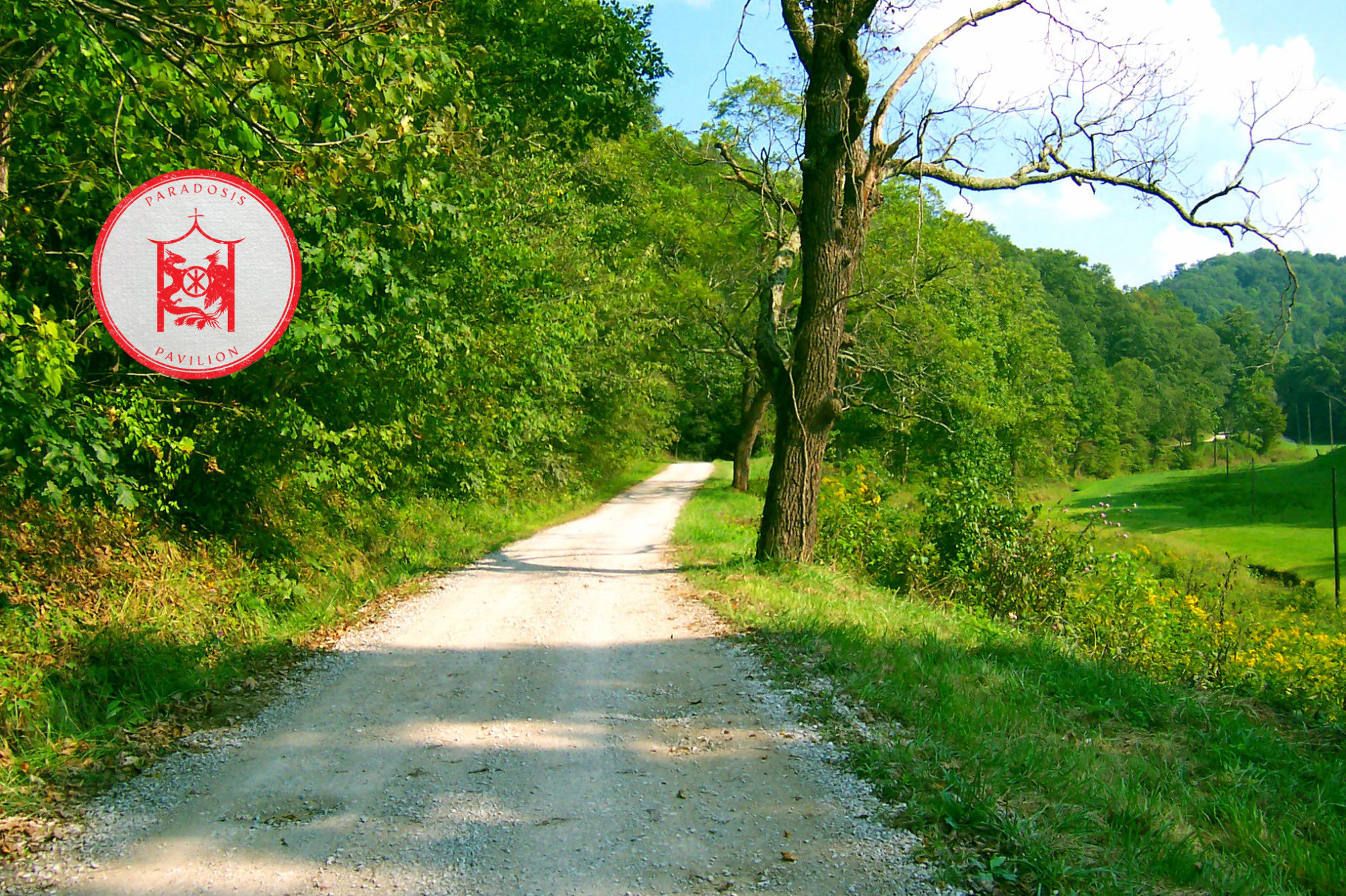
We call the Way of Holy Orthodoxy by another name: Holy Tradition. The Tradition is Holy because it has been revealed to the Church through the Holy Spirit. We also call this Apostolic Tradition because it has been passed down to us through history from the Apostles, whom the Holy Spirit led into all Truth. The Orthodox bishops and priests, having Apostolic succession, are particularly responsible for guarding the Holy Tradition. The Tradition is not just a list of dogmas or doctrines, but our entire Way of Life, the Way that has been preserved, passed down, received, and lived in every generation for nearly two millennia, whole and undefiled.
Holy Tradition includes what the Apostles’ preached and taught after Holy Pentecost. The Old Testament, received by the Church, and the New Testament, written within the Church by members of the Church, is part of the Tradition. Within Holy Tradition, both the Scripture and the correct interpretation of Scripture are held together. Holy Tradition encompasses what we believe, the way we pray and worship, how we express the Faith through our sacred writings, music, and art (iconography), and how we live the Faith in the world. Holy Tradition, then, is opposed to the traditions of men, that is, religious traditions invented by human beings that contradict what God revealed and the Apostles’ taught.
Consider what would happen if a terrible plague swept across the world and you were entrusted with an ancient box, passed down for millennia, containing detailed instructions and all the components necessary to prepare an antidote capable of curing anyone willing to take the medicine. Would you not be careful to preserve and keep safe the whole contents of the box in its entirety? Would you also not make sure that this life-saving gift is used to cure people? This box should not be kept on a shelf like a museum piece because of its outward beauty. It was given to you freely so that you may liberally use its contents to save and protect people in need.
This box is an image of Holy Tradition. Holy Tradition is given to us whole and complete, containing everything necessary for our salvation. The Tradition holds our panacea, the medicine that completely cures the illness of the soul and, ultimately, even death of the body. Within the Church, this box has been passed down to us and received by our generation so that we will use it for the benefit of the world. We bear the noble responsibility to live Holy Tradition faithfully every day and the responsibility (and the honored privilege) to pass it on to others whole and unaltered as we have received it.

Holy Tradition is also like a mountain. It stands high, strong, firm, heavy, and immovable. Yet, Holy Tradition is also like a river that flows from the mountain, nourishing everything drawing its water. If you were to stand in one place on the banks and look at a single point in the river, the light would glimmer on the surface. It is not static, by dynamic. The river flows under, over, and around the rocks and fallen trees effortlessly. It fills wide spaces and narrow passes, shifting shape without altering what it is – its essence. The river moves straight and winds, flowing calmly in silence, rippling gently and quietly, then rushing with a roar.
Holy Tradition is unchanging because it is founded upon the immoveable Truth, which remains constant in all times and in all places. At the same time, Holy Tradition is a living Tradition embodied by Orthodox Christians in the real world. Without changing what it is, Holy Tradition is expressed differently in various times and places. Although the Tradition is immovable and unchanging with regard to Truth, the expression of the Tradition is fluid. Observe the tremendously diverse variety of liturgies, music, art, practices, and cultural traditions within the Church, all embraced by Holy Tradition. While the expressions of Holy Tradition show development and diversity throughout history and across cultures, the variety remains in symphonic harmony with the mind (phronema), ethos, and vision of the Church, guided by the Holy Spirit. Wherever Holy Tradition goes, it fits the culture without compromise. Tradition can fit into a new society where Holy Orthodoxy takes root like water fills a glass, taking its shape to reflect the people who live in that particular place at that particular time. What is good within the society is affirmed and what is not good is either purified or removed.

Holy Tradition is also like perfectly cut and beautifully clear diamond. The diamond is strong and whole. When light shines on the stone, its interior glows with white-light brilliance. On the surface of the diamond, the light is dispersed, projecting a rainbow of the various colors that together comprise the white light. As the diamond is turned, the light reveals the various angles cut into the singular diamond. Holy Tradition is simple and complex. If you wish to see the beauty of the Holy Tradition, see it in the Light.
Read: Mark 7.7-9; John 16.13; Matthew 28.19-20; Acts 2.42; 2 Thessalonians 2.15; Jude 1.3; Galatians 1.6-24; 2 Timothy 4.1-4
Text copyright © 2017 by Fr. Symeon D. S. Kees / First image (of box) copyright © 2017 by Fr. Symeon D. S. Kees







